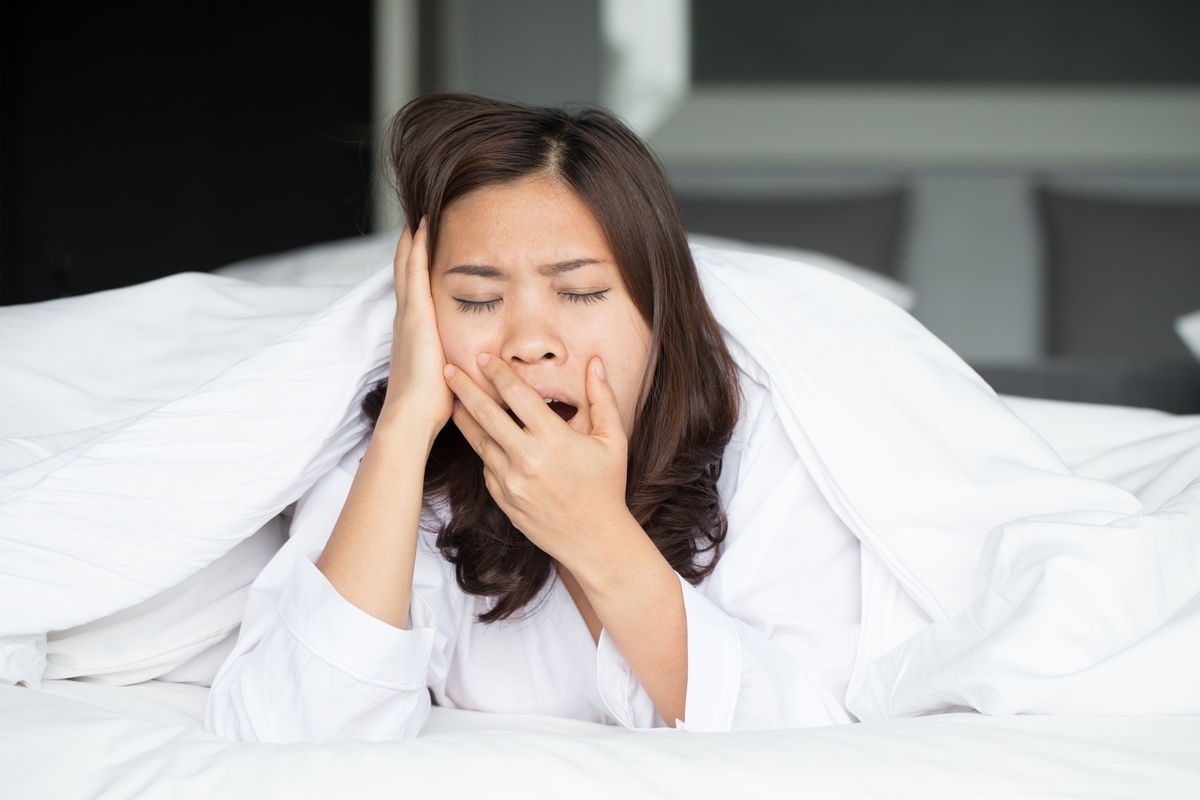Comprehensive Guide to Effectively Managing and Overcoming Sleep Disorders
This comprehensive guide explores effective strategies for managing sleep disorders, emphasizing the importance of proper diagnosis, lifestyle adjustments, medical treatments like CPAP and CBT, and technological tools. It aims to help individuals understand sleep issues and adopt practices that promote restful sleep, ultimately enhancing overall health and quality of life.

Achieving a restful and restorative night’s sleep is fundamental to overall health, vitality, and daily performance. Quality sleep not only replenishes your energy but also plays a crucial role in maintaining mental clarity, emotional stability, and physical health. In today’s modern, fast-paced lifestyle, sleep disturbances have become increasingly common, affecting millions worldwide. Whether caused by stress, medical conditions, or lifestyle choices, sleep disorders can significantly impair quality of life if left untreated. Recognizing the importance of good sleep hygiene and understanding effective management strategies are essential steps toward better health.
Understanding Sleep Disorders and Their Impact
Sleep disorders encompass a range of conditions that interfere with normal sleep patterns. These include insomnia, sleep apnea, restless leg syndrome (RLS), narcolepsy, and circadian rhythm disorders. Each condition has distinct symptoms and underlying causes, but all can lead to symptoms like daytime fatigue, mood disturbances, impaired concentration, and reduced productivity. Chronic sleep deprivation has been linked to serious health issues, including cardiovascular disease, diabetes, weakened immune function, and mental health disorders such as depression and anxiety.
For many individuals, sleep problems are sporadic or mild, manageable through lifestyle adjustments. However, persistent issues warrant medical evaluation to prevent long-term health consequences and improve overall quality of life. It’s important to seek professional help if sleep disturbances become chronic or severely impact daily functioning.
Strategies for Diagnosing and Treating Sleep Disorders
Consult Medical Professionals: The journey to better sleep begins with a thorough evaluation by healthcare providers specialized in sleep medicine. Neurologists, psychiatrists, pulmonologists, dietitians, and dedicated sleep specialists can help identify underlying medical or psychological conditions contributing to sleep problems. Often, a detailed medical history, sleep diaries, and diagnostic tests such as polysomnography (sleep studies) are used to pinpoint the root cause accurately.
Implement Consistent Sleep Routines: Establishing a fixed sleep schedule is crucial. Going to bed and waking up at the same time every day helps regulate your body’s internal clock, or circadian rhythm. Creating a bedroom environment conducive to sleep—such as comfortable bedding, a darkened room, and a cool temperature—can significantly improve sleep quality. Reducing screen time at least an hour before bed minimizes exposure to blue light, which can suppress melatonin production, the hormone responsible for sleep induction. Incorporating relaxing activities like reading, meditation, or gentle outdoor activities like walking can facilitate falling asleep.
Lifestyle and Behavioral Changes: Maintaining regular wake-up times, engaging in physical activity during daylight hours, and avoiding prolonged daytime naps are important habits. Regular morning exercise helps reinforce your sleep-wake cycle, but vigorous activity close to bedtime should be avoided. Limiting caffeine intake after sunset and avoiding heavy meals late at night can prevent sleep disruptions. Managing stress through mindfulness or relaxation techniques reduces anxiety that may interfere with falling asleep.
Medical Interventions and Devices: For specific conditions like sleep apnea, Continuous Positive Airway Pressure (CPAP) therapy is often prescribed to keep airways open during sleep. In some cases, surgical interventions may be considered if obstructive sleep apnea is severe or unresponsive to other treatments. For individuals experiencing shifts in circadian rhythms, light therapy—exposure to a bright light at specific times—can help reset internal clocks.
Addressing Sleepwalking and Other Complex Conditions: Safety measures are essential for sleepwalkers to prevent injuries. Securing bedrooms, removing hazards, and using alarms or sensors can provide protection. Multi-disciplinary approaches, including behavioral therapy, may be needed for parasomnias.
Cognitive Behavioral Therapy (CBT): CBT is widely regarded as the first-line treatment for chronic insomnia. It helps modify thoughts and behaviors that perpetuate sleep difficulties. When combined with pharmacotherapy, such as medications like zolpidem, treatment success rates improve, especially over several months. This combination approach targets both physiological and psychological components of sleep disorders.
Technological Tools for Better Sleep: Recent advances include sleep monitoring devices, smartphone apps, and wearable technology that track sleep patterns, duration, and quality. These tools generate data that can be shared with healthcare providers to formulate personalized treatment plans. They also raise awareness about sleep habits and encourage healthier behaviors.
Conclusion
In an era where sleep disturbances are increasingly prevalent, understanding and implementing effective management strategies is vital. Sleep disorders are treatable, and a combination of medical, behavioral, and technological interventions can significantly improve sleep quality and overall health. Prioritizing sleep hygiene, seeking professional evaluation for persistent issues, and adopting lifestyle habits conducive to restful sleep are the cornerstones of combating sleep disorders. Remember, a good night’s sleep is not a luxury but a necessity for physical and mental well-being.





